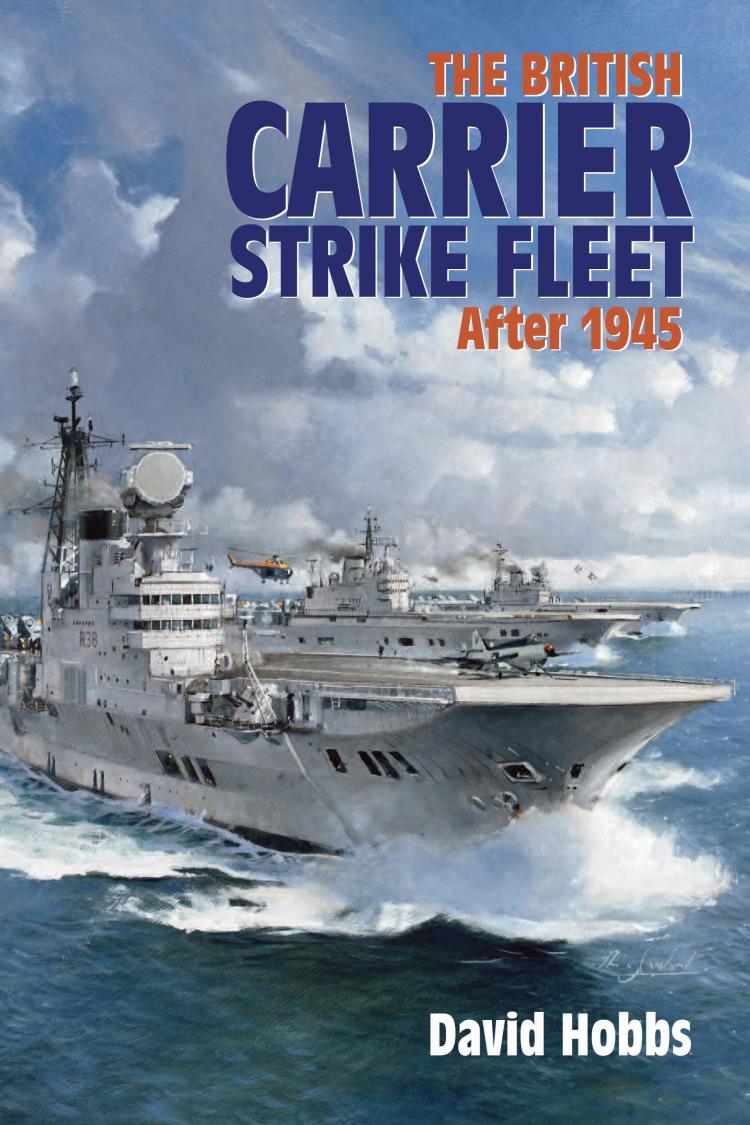The British Carrier Strike Fleet After 1945
- Subject: Clear the Decks Up to 80% OFF
- Format:
Hardcover
- Pages:
480pages
- Published:
October 15, 2015
- ISBN-10:
1591146011
- ISBN-13:
9781591146018
- Product Dimensions:
9.25 × 6.125 × 1 in
- Product Weight:
53 oz
Overview
Available for sale only in the U.S. and Canada. Exceptions made for USNI Members.
As a follow-up to the highly regarded British Pacific Fleet, David Hobbs looks at the post-World War II fortunes of the most powerful fleet in the Royal Navy—its decline in the face of diminishing resources, its final fall at the hands of ignorant politicians, and its recent resurrection in the form of the Queen Elizabeth class carriers, the largest ships ever built for the Royal Navy. Despite prophecies that nuclear weapons would make conventional forces obsolete, British carrier-borne aircraft were almost continuously employed. The Royal Navy faced new challenges in places like Korea, Egypt, and the Persian Gulf. During these trials the Royal Navy invented techniques and devices crucial to modern carrier operations, pioneering novel forms of warfare tactics for countering insurgency and terrorism. This book combines narratives of poorly understood operations with clear analysis of their strategic and political background. With beautiful illustrations and original research, British Carrier Strike Fleet tells an important but largely untold story of renewed significance as Britain once again embraces carrier operation.
About the Author
Editorial Reviews
“The British Carrier Strike Fleet Since 1945 is a superb history lesson; ‘Those who cannot remember the past are condemned to repeat it.’ – writer and philosopher George Santayana.” —Australian Naval Institute
“The British Carrier Strike Fleet After 1945 covers the decline and atrophy of the British fleet after the Second World War until present day in the face of an ever-changing maritime environment and tightening fiscal constraints…. This book is a must-read for those wondering if aircraft carriers are just expensive relics from the past or essential tools for international diplomacy, for now, and into the future.” —The Northern Mariner / Le marin du nord



